A sewing machine is used to stitch the fabric and other pliable materials together with threads. Sewing machines were invented during the first Industrial Revolution to decrease the quantum of manual sewing done in garment industries. Since its invention, it has greatly improved the efficiency and productivity of the fabric, garment and needle industries. The different parts of a sewing machine and its functions help the Operator to know the functioning of a sewing machine. There are different types of sewing machine used in the manufacturing of garments and other articles, but here in this Unit, we will study only single needle lock stitch machine. A sewing machine controls the fabric with feeding devices and forms a perfect stitch to join the fabrics. It has various parts and attachments, each of which have their own importance and use. There are mainly two categories of sewing machines that is, domestic sewing machine and industrial sewing machine.
A Sewing Machine Operator should have the knowledge and skills to operate the different types of sewing machine. The Operator should know about the various operations of the sewing machine, its parts, their functions, its attachments and the terms related to stitching. Some of the common and important terms are explained in this unit. Our faculties with their rich experience and unmatched skills in the area of fashion and our well structured syllabus facilitates the acquisition of a wide varity of skills in a short period of time . We have all the latest & advanced facilities at our infrastructure that help us in delivering the best.
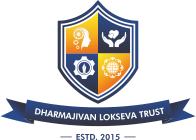


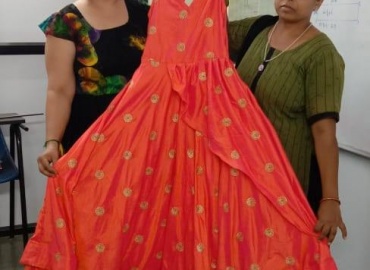
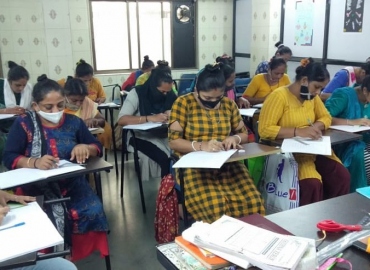
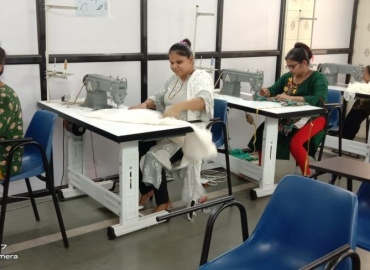
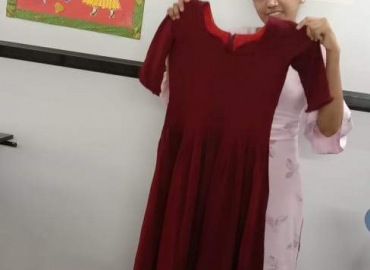
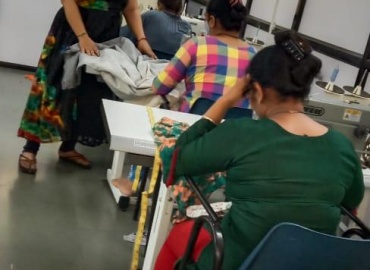
0 Comment